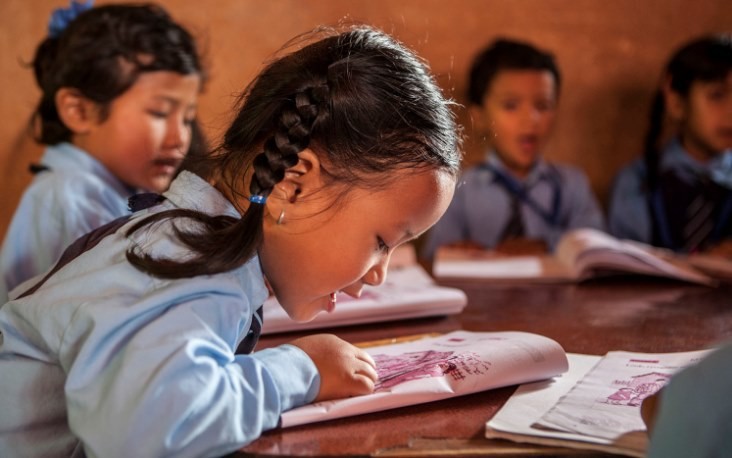Education in Nepal has come a long way from its traditional roots to embracing modern pedagogies and digital innovations. Nestled between the giants of China and India, Nepal is a country rich in culture and history, with education playing a pivotal role in its ongoing development. This blog explores the landscape of education in Nepal, its challenges, achievements, and the path ahead.
Historical Context
Historically, education in Nepal was limited to the elites and religious institutions. The traditional Gurukul system, where students lived with their teachers and learned through oral transmission, was prevalent. With the advent of democracy in the mid-20th century, the push for a more inclusive education system began.
Structure of Education System
Nepal’s education system is divided into several levels:
- Early Childhood Education: Focuses on children below five years old, emphasizing basic cognitive, social, and physical development.
- Basic Education: Encompasses grades 1 to 8, aiming to provide fundamental literacy, numeracy, and life skills.
- Secondary Education: Covers grades 9 to 12, preparing students for higher education or vocational training.
- Higher Education: Includes universities and colleges offering undergraduate, postgraduate, and doctoral programs.
Achievements and Progress
In recent years, Nepal has made significant strides in improving access to education. Some notable achievements include:
- Increased Enrollment Rates: Primary school enrollment rates have surged, with nearly universal enrollment at the primary level.
- Gender Parity: Efforts to bridge the gender gap have borne fruit, with more girls attending schools and colleges.
- Curriculum Reforms: The introduction of new curricula that incorporate modern teaching methods and technology.
- Teacher Training: Enhanced focus on teacher training programs to improve the quality of education.
Challenges
Despite these achievements, Nepal faces several challenges in its educational journey:
- Quality of Education: Ensuring quality education remains a significant challenge, with disparities between urban and rural areas.
- Infrastructure: Many schools, especially in remote areas, lack proper infrastructure, affecting the learning environment.
- Dropout Rates: High dropout rates, particularly at the secondary level, hinder educational attainment.
- Economic Barriers: Poverty remains a barrier, with many families unable to afford educational expenses.
Government Initiatives
The Government of Nepal, along with various NGOs and international organizations, has launched several initiatives to address these challenges:
- School Sector Development Plan (SSDP): A comprehensive plan aimed at improving the quality, equity, and efficiency of the education sector.
- Free and Compulsory Education Act: Ensures free and compulsory education for children up to the basic level.
- Scholarship Programs: Scholarships for underprivileged and marginalized communities to promote inclusivity.
The Role of Technology
Technology has begun to play a transformative role in Nepalese education. The COVID-19 pandemic accelerated the adoption of digital learning platforms, making education more accessible to remote areas. E-learning tools, online classes, and digital libraries are becoming integral to the education system.
Future Prospects
The future of education in Nepal looks promising, with a focus on innovation and inclusivity. Key areas of development include:
- Vocational Training: Expanding vocational training programs to equip students with practical skills for the job market.
- Inclusive Education: Ensuring education for all, including children with disabilities and those from marginalized communities.
- Global Collaboration: Partnering with international educational institutions to enhance learning opportunities and exchange best practices.
Conclusion
Education in Nepal is a dynamic and evolving sector, reflecting the country’s commitment to progress and development. While challenges remain, the concerted efforts of the government, communities, and international partners are paving the way for a brighter future. By prioritizing quality, inclusivity, and innovation, Nepal can build a robust education system that empowers its youth and drives national development.
